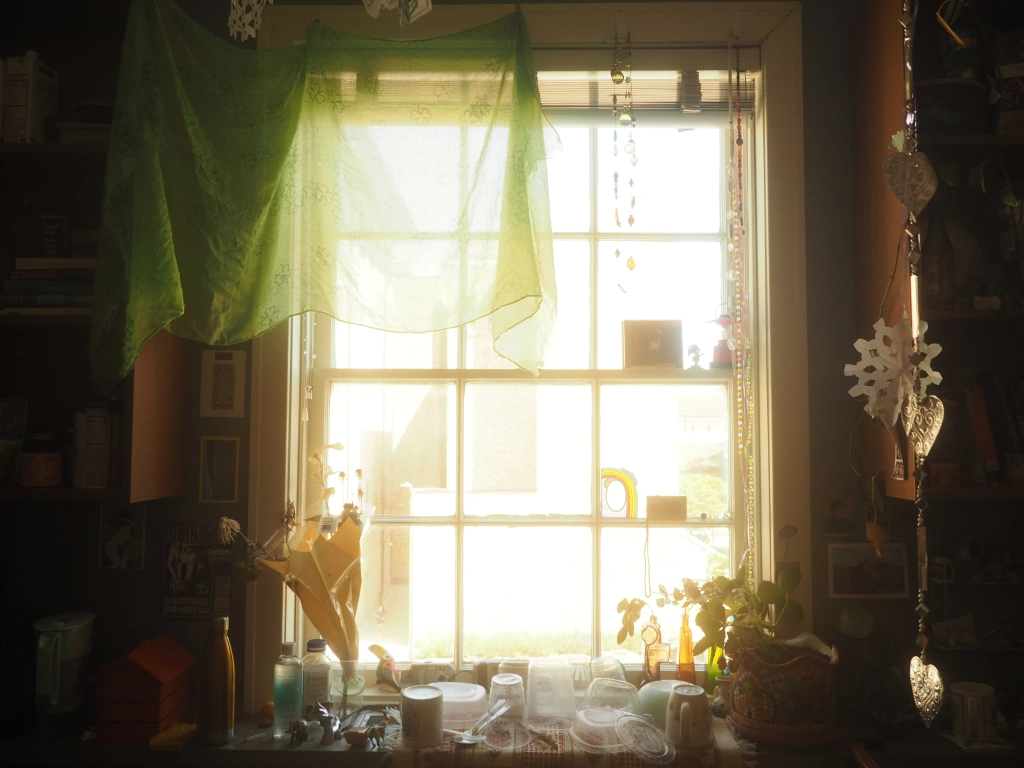Written by Dila Sarikaya.
Graphic by Peyton Cabaniss.
–
What if your favorite star sent you a letter inviting you to visit them? Would you go? Joyce Maynard was faced with this decision in 1972 after her first article, “An 18-Year-Old Looks Back On Life,” was published in The New York Times magazine. In this article, of which she says the irony of the title was unapparent to her at the time, Maynard gives the reader a sardonic point of view of the world: that things are bleak, meaningless. The publication of her first big article garnered the disgruntled jealousy of her freshman peers at Yale University. However, the rest of the world was impressed — she received sacks of letters that arrived at her dorm containing invitations from Hollywood, modelling agencies, and… J.D. Salinger. Author of The Catcher in the Rye, an extremely popular novel to this day, a letter from Salinger would be the equivalent of receiving a letter from Joe Jonas or Matthew McConaughey. After a period of exchanging what Maynard thought were “love letters” at the young age of 18, Salinger — 34 years Maynard’s senior — invited Maynard to visit him at his isolated him in New Hampshire. And, after a summer of being with him, Maynard dropped out of Yale at Salinger’s insistence after completing only one year.
The relationship, however, came to an abrupt end after less than a year of dating — Maynard speculated that she had simply grown too old for Salinger’s liking. She did not consider returning to university and, although it was well-known that she had lived with Salinger, she never spoke of their relationship to maintain his privacy. That is, until her oldest daughter turned 18, and she began to consider that reflecting on Salinger’s twisted treatment of her may benefit not only her own mental health, but also the security of future young women. She released her first memoir At Home in the World in 1998, breaking her silence on the highly-inquired topic. While she expected readers to empathize with her disturbing situation, she received quite the opposite response.
This is the experience Joyce Maynard presented during her Undergraduate Studies lecture in the Jessen Auditorium. She shared that after the release of her memoir, she was called a stalker, shameless — “Why exactly is shameless a bad thing to be?” she questioned — a kiss-and-tell artist, opportunistic, the queen of oversharing, an aging nymphet, a big mouth, a leech woman, and, most prominently, a predator. To complete her lecture, Maynard read two things: a segment from her memoir detailing her visit to the elderly Salinger decades after their relationship ended and a letter written to her 18-year-old self decades earlier from the same man. But first, she held a Q&A session with an interesting variety of curiosities.
The very first question felt as though the man who asked it had missed the entire point of the hour long lecture: “Do you think the reaction to your story would have been different if you would have been a little bit younger, you know, a minor for example?” The room felt tense, and Maynard and the man began to have a short exchange: “Does it make a difference to you?”, she responded.
“No, it doesn’t but — I guess it would make a difference to me, yeah.”
“Well, then maybe you haven’t had an 18-year-old daughter lately.”
Questions with similar connotations followed. Questions like, “If I remember correctly, you didn’t really even have a physical relationship with him?” And, “Where were your parents at this time in your life at 18, and where would you have been if this had happened to your daughter?” These types of questions ensued until my professor, Dr. Tanya Clement, raised her hand in request of the microphone and said, “One of the assignments that I have for the students as they walk away from this event is to think about the responses from the audience and the kinds of questions that they’ve asked because that is going to help shape how people think about the stories told to us… what kind of question would you like to hear from an audience who’s just heard you share these stories?”
Maynard thought for a while until she directed the question to the audience and invited us to consider what we would do in a similar situation. “Even today,” she said, “young women are raised to be good, to please. What makes YOU perform your best? Is it somebody telling you ‘I like that’ or is it knowing that you’ve done a good job?”
After Professor Clement’s question, the audience’s response shifted. The next and final question was “I would love to hear your thoughts on separating the art from the artist.”
It can be a difficult story to respond to in a meaningful way. Salinger was certainly the predator in my opinion; I don’t reckon he waited until girls turned 18 to feel attracted to them. In Maynard’s words, “It doesn’t happen all at once when you turn 18. There is a huge imbalance of power.” However, it is also true that Maynard went to live with Salinger by choice and with the approval of her mother — she has admitted this. One may also find fault with some vague details about her life including the failed adoption of two young girls from Ethiopia. Although it can be difficult to empathize with someone when opinion-altering details are so vague, the validity of her story is not disregarded. In the midst of the #MeToo movement, Joyce Maynard’s decades-old story becomes important yet again, and the deeply-rooted imbalances in society are brought to light.






Leave a comment